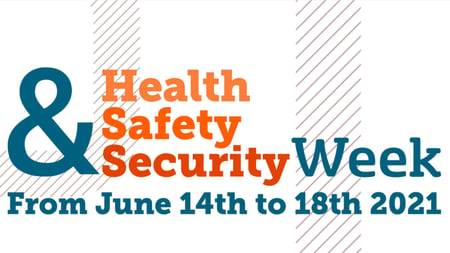As a former police officer and member of the Army, Gilles Martel understands stressful situations. Those formative years allowed Martel to gain a deep understanding of safety culture. Now, as the head of Safety, Security and Emergency Preparedness at Keolis Canada, Martel’s accountability is to oversee anything relating to the safety and security of our operations. His role in road and rail safety is an essential part of keeping our passengers and employees safe.
Question: How has the COVID-19 pandemic changed how we approach safety?
Answer: The pandemic has made it more difficult to get a feel for the operations because of social distancing and not being in the office. It's more difficult to build a close relationship with people. But even in these challenging circumstances safety and security remain as important as ever. The pandemic has caused a shift in how we manage safety. For example, in the buses, we installed new equipment to create distance between the passengers and the driver. In this environment, communication is really important.
Question: What are the most important ingredients to developing a safety-first culture?
Answer: One of the key ingredients is to create a culture where people feel comfortable signaling dangerous situations, inappropriate behavior, or risk in the workplace. A safety culture has to be backed up by commitment from senior leadership, and we have to walk the walk and listen to those on the ground who are doing the job.
Question: Training and collaboration are key to a safe culture. How do you ensure your team is equipped with the right tools and training?
Answer: It is critical to listen to our drivers and operators. We rely on our road safety team with six drivers from across the business. They bring back comments about what's happening in our depot or on the road. The issues they’re having are ones that are most visible to our front-line teams. We have to really listen and hear their needs. When we identify and investigate an incident, we always evaluate how we can improve training to avoid a similar situation in the future. We have to make sure that we do our job by following the performance indicators and act when something needs to be done.
Question: If you could go back to your first day working in safety, what would you tell yourself?
Answer: I started my career as a cop. I can recall my first shift; it was a night shift in Quebec. I would just say take a moment and take a step back. Think about what you're doing and make sure that you're using the right tools and doing the right thing for your own safety and the safety of others around you. I would try to be safer than I used to be. I was in the Army in those days. I jumped out of aircrafts, so I'm not afraid of anything, and that sometimes puts me in harm's way.
----
Mr. Martel brings to Keolis a wealth of experience in the safety and security field. Recently, he acted as Senior Manager with the Aéroports de Montréal Aiport Patrol and Fire Departments where he implemented prevention programs and emergency response plans. Prior to that he served as an officer with the Sûreté du Québec, where he managed different units.
As the Head of Security, Safety, and Emergency Preparedness at Keolis, he is responsible for developing a management system focused on enhancing the safety and security of our passengers, operations and facilities.
Martel recognizes the importance of communicating with and supporting his team. His ability to hear and address their concerns has enabled him to quickly adjust to unexpected challenges the pandemic has brought. He is quick to consider and solve any potential threats or problems we may encounter, which is essential to keeping our operations running smoothly.


